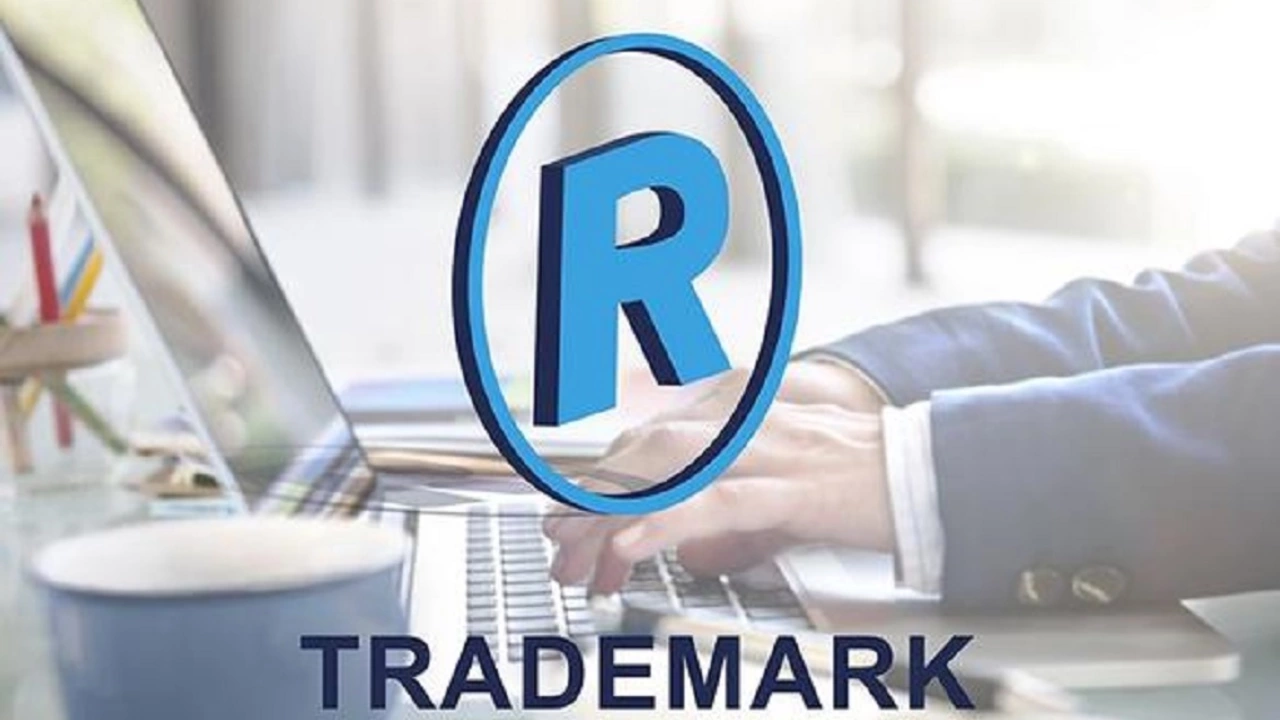Understanding Trademark Classes
The first thing to understand when considering registering a trademark in a different class is what these classes actually are. Trademark classes are categories into which all products and services are grouped. The World Intellectual Property Organization (WIPO) has a system of 45 classes – 34 for products and 11 for services. Each class represents a specific sector of business activity. For example, Class 25 covers clothing, footwear, and headwear, while Class 35 covers advertising and business management.
The Purpose of Trademark Classes
The main aim of these trademark classes is to make it easier for businesses to protect their brands and identities. When you register a trademark, you are essentially claiming exclusive rights to use a particular sign, logo, or name to identify your product or service. The classification system helps to prevent confusion and conflicts by ensuring that each trademark is unique within its class.
Registering a Trademark in Your Class
Typically, you would register a trademark in the class that most closely corresponds to your product or service. For instance, if you are a clothing brand, you would register your trademark in Class 25. This would prevent other clothing brands from using a similar trademark, but it would not stop a software company (which would be in a different class) from using the same trademark.
Registering a Trademark in a Different Class
So, can you register a trademark in a different class? The short answer is yes. There are several reasons why you might want to do this. For instance, you might be planning to expand your business into a new sector, or you might want to prevent others from using a similar trademark in a different sector. However, there are also some potential complications to consider.
The Benefits of Registering in a Different Class
Registering your trademark in a different class can give you a wider scope of protection. It can prevent other businesses from using a similar trademark, even in a completely different sector. This can be particularly useful if you have a strong brand that is easily recognizable and you want to prevent any potential confusion or dilution of your brand.
The Drawbacks of Registering in a Different Class
However, registering your trademark in a different class can also be more costly and complicated. Each additional class registration comes with its own set of fees. Moreover, you must be able to prove that you intend to use the trademark in the new class. If you cannot demonstrate this, your registration might be challenged.
How to Register a Trademark in a Different Class
If you decide to register your trademark in a different class, the process is similar to the initial registration. You will need to conduct a trademark search to ensure that your trademark is not already registered in the new class. Then, you will need to file an application with the relevant authority, which in the United States is the United States Patent and Trademark Office (USPTO).
Legal Assistance for Trademark Registration
Given the complexity of trademark law, it might be a good idea to seek legal advice before attempting to register your trademark in a different class. A lawyer can help you navigate the registration process, conduct a thorough trademark search, and assist you in responding to any challenges or objections.
Conclusion: The Power of a Trademark
In conclusion, a trademark is a powerful tool that can protect your brand and identity. Registering your trademark in a different class can provide additional protection, but it also comes with its own set of challenges. Therefore, it's important to carefully consider your options and seek legal advice if necessary.
